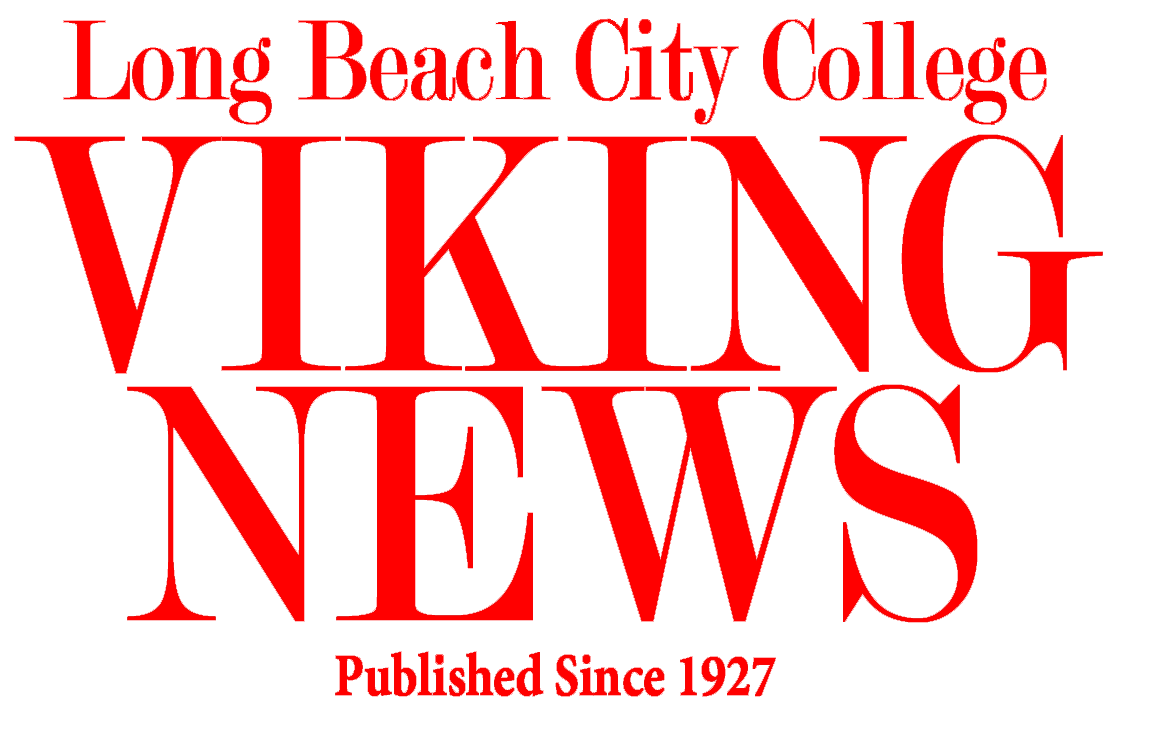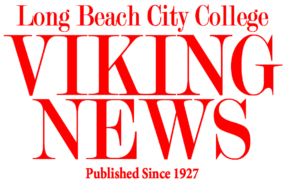40% of classes are expected to return to in-person learning, seeing an increase of about 10% since the announcement in March was made of 30-35% of classes returning to campus. As of today, a check-in process before coming to campus, gaps between classes for deep cleaning and a limited number of students in classrooms to meet social distancing are expected but subject to change.
With California Governor, Gavin Newsom intending to reopen California on June 15, additional classes are now being offered for the upcoming fall semester. The schedule for the fall semester was launched on April 30 and classes will adjust based on enrollment patterns.
Kathleen Scott, vice president of academic affairs said, “We are working with our faculty and trying to meet the demands (of students). For example, what we saw from the student’s survey, we didn’t have enough hybrid classes, so we may be asking people to shift modality. Some of those discussions might’ve not happened, yet. I imagine most of them have but we are still making changes because we’re trying to be responsive to this very rapid changing situation.”
Professors are being encouraged to return to campus but they are expecting a demand of students enrolling in online classes. Student enrollment and ongoing health orders from the city and state are some of the determining factors that are depending on making any final decisions on what the fall semester will look like in terms of specific classes.
Even though the schedule is live right now, there will be additional changes for students before students are able to register. It’s important they go back and continue to look at it because it may not be the same two weeks from now than it is right now,” said Scott.
The same courses are anticipated but there could be some difference whereas one class that is online now can be turned hybrid. Changes are trying to be kept at a minimum to avoid disruption for students.
“If we see there is a huge number of students who want to be on-campus and we don’t have very many on-campus classes then we may add more classes to meet student demand,” said Scott.
For students going back to in-person learning, being vaccinated is not a requirement at the moment. However, the board of trustees will be the ones to make the final decision.
A survey conducted by LBCC shows 48% of students are minimally or not at all comfortable with returning back to campus in the fall 2021 semester. The student survey includes responses from over 4,000 students.
Interim Vice-President of Student Services Nohel Corral said, “Our guidelines are going to be pretty consistent in terms with what we have now. Since May, we’ve had about 10% of our in-person classes continue with our CPE programs. We do have a process where students need to go through a screening table and go through the app to indicate they haven’t been tested positive for COVID or haven’t had COVID in the last 10 days. Those same processes and practices will continue.”
Corral sent out an email to the LBCC Community to encourage students to consider taking the vaccine if they haven’t done so already, the benefits of it and demystifying the vaccines.
The number of students allowed in one classroom will depend on the classroom size.
There will also be gaps between classes to provide time for classrooms to be deep cleaned and additional assistance will be hired to ensure classrooms are cleaned before the students’ arrival.
Corral said, “We do have facilities employees helping with some areas but we do have federal assistance through the HER funding. HER is the Higher Education Emergency Relief Fund.”
With this fund, LBCC is able to bring in some temporary support to transition from remote learning to in-person. The goal is to be fully back in the Spring 2022 semester for in-person learning and eventually go back to pre-pandemic times.
The people in charge of making decisions on reopening plans for LBCC are the reopening task force along with collaborative efforts from faculty and staff.
The task force is composed of representatives from the academic senate president, union representatives, the executive team such as the vice president of human resources and executive vice president of academic affairs and leads from different areas. Student trustee Richard Blackmon is also part of the task force.
The full list of representatives can be found here.
“Long Beach is unique because we have our own local health authority so we also have to ensure we follow our health orders from the city as well. All that is shared with the steering committee. We provide survey info and survey data and really rely on departments who are on the front lines so staff, faculty and managers of those areas to help put together a draft of what a reopening would look like in those areas,” said Corral.
Once information is received, including facilities and risk management, it is ensured local health authorities are followed then those draft plans are seen at the steering committees. The executive committee also reviews the plans that are submitted for consideration before they end up to the steering committee for a final vetting of all constituent groups.
This is the latest information provided on the fall 2021 reopening plans. As COVID-19 cases continue to decline and the color tiers improve, changes are still being made in regard to what is expected for the upcoming fall semester.


